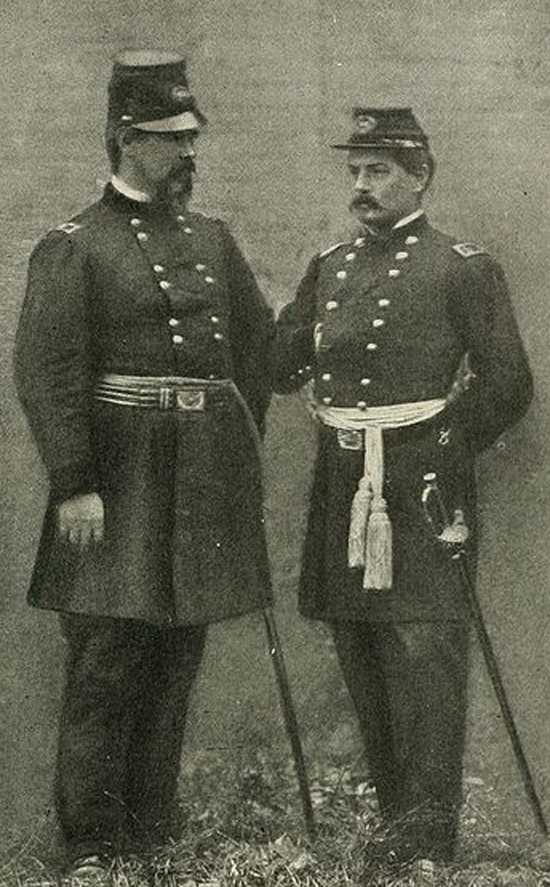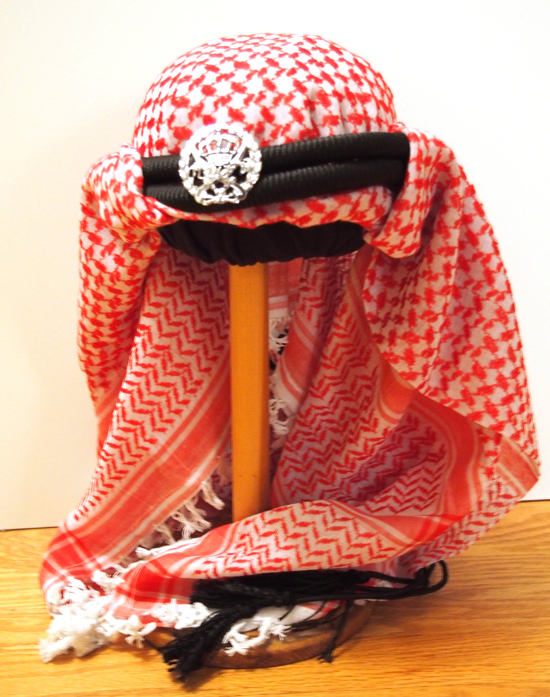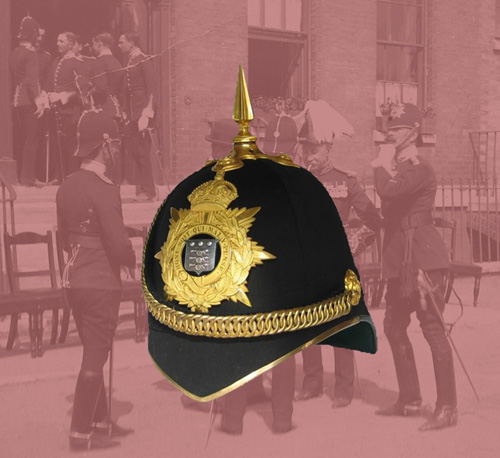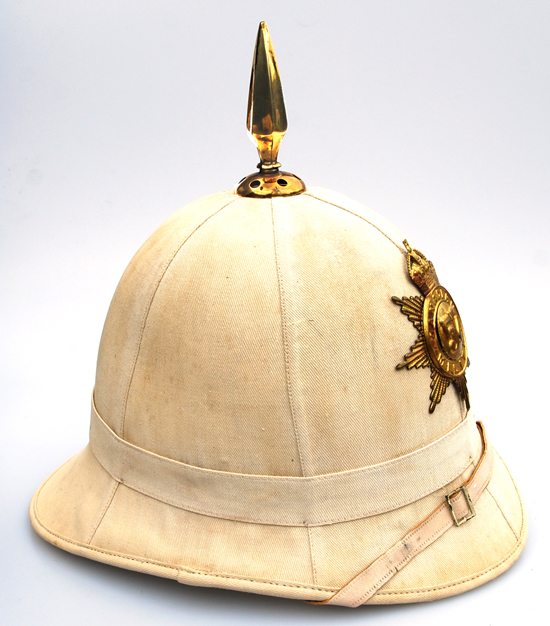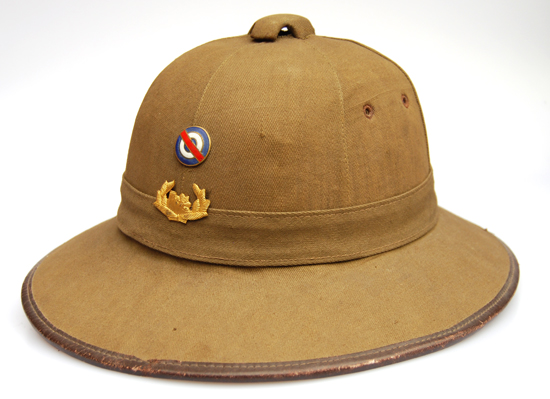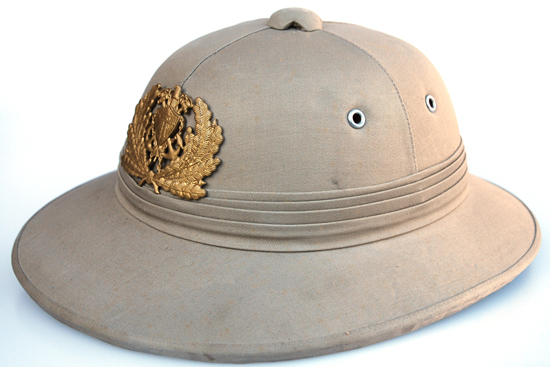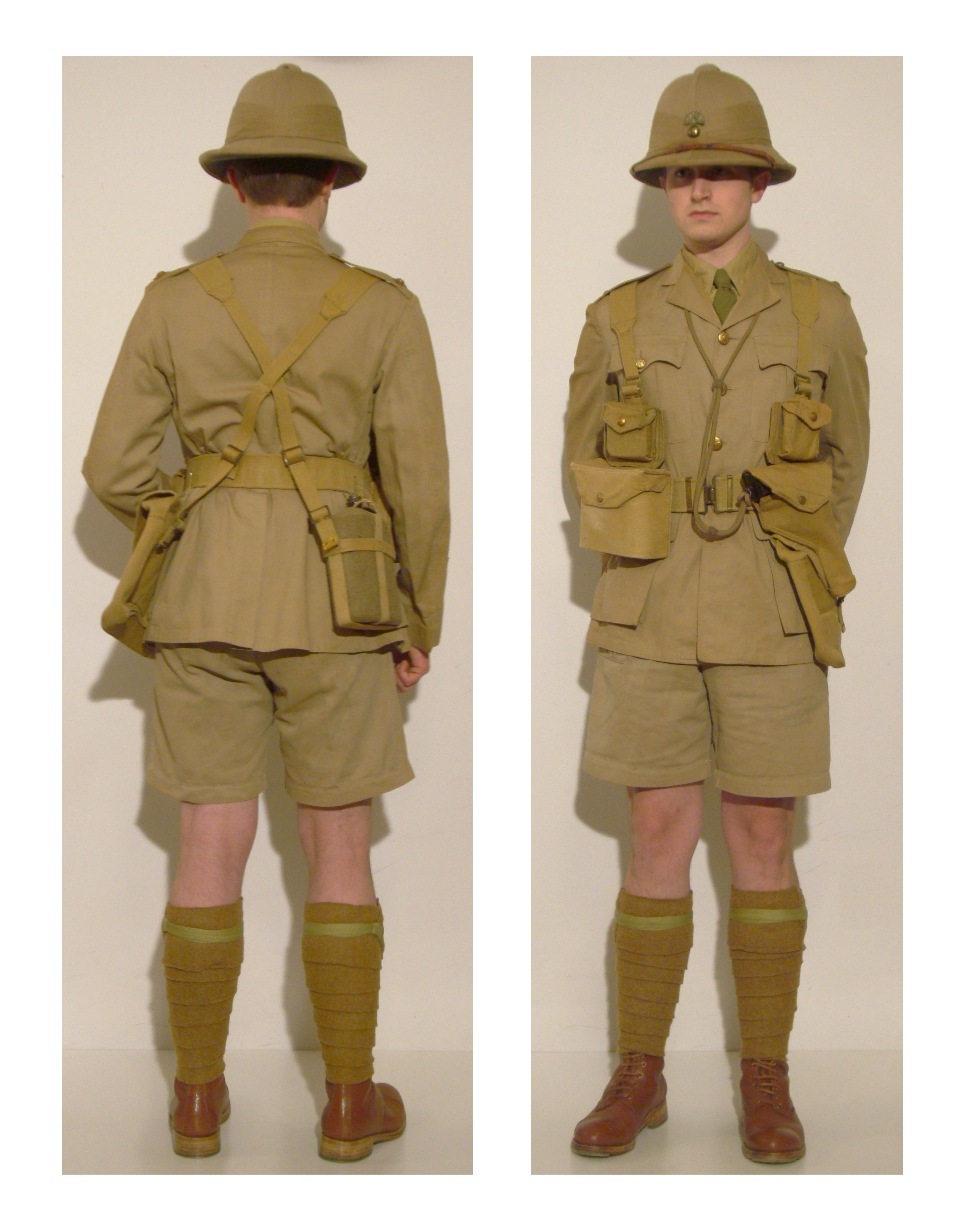While it is widely accepted that the sun/pith helmet most certainly originated in India, it remains a point of conjecture whether the sun helmet traveled not to Europe but to America, where it found its way to the first battlefields outside of the Indian subcontinent during the American Civil War.
Some sources suggest that the 4th New Hampshire Infantry may have worn a “pith helmet” or sun helmet to protect the soldiers from the intense southern sun during its campaigns in Florida, but what remains much more of a mystery is exactly what Brigadier General Irvin McDowell (above left with General George McClellan) may have worn at the Battle of Bull Run – the first major engagement of the war between the states. Continue reading

